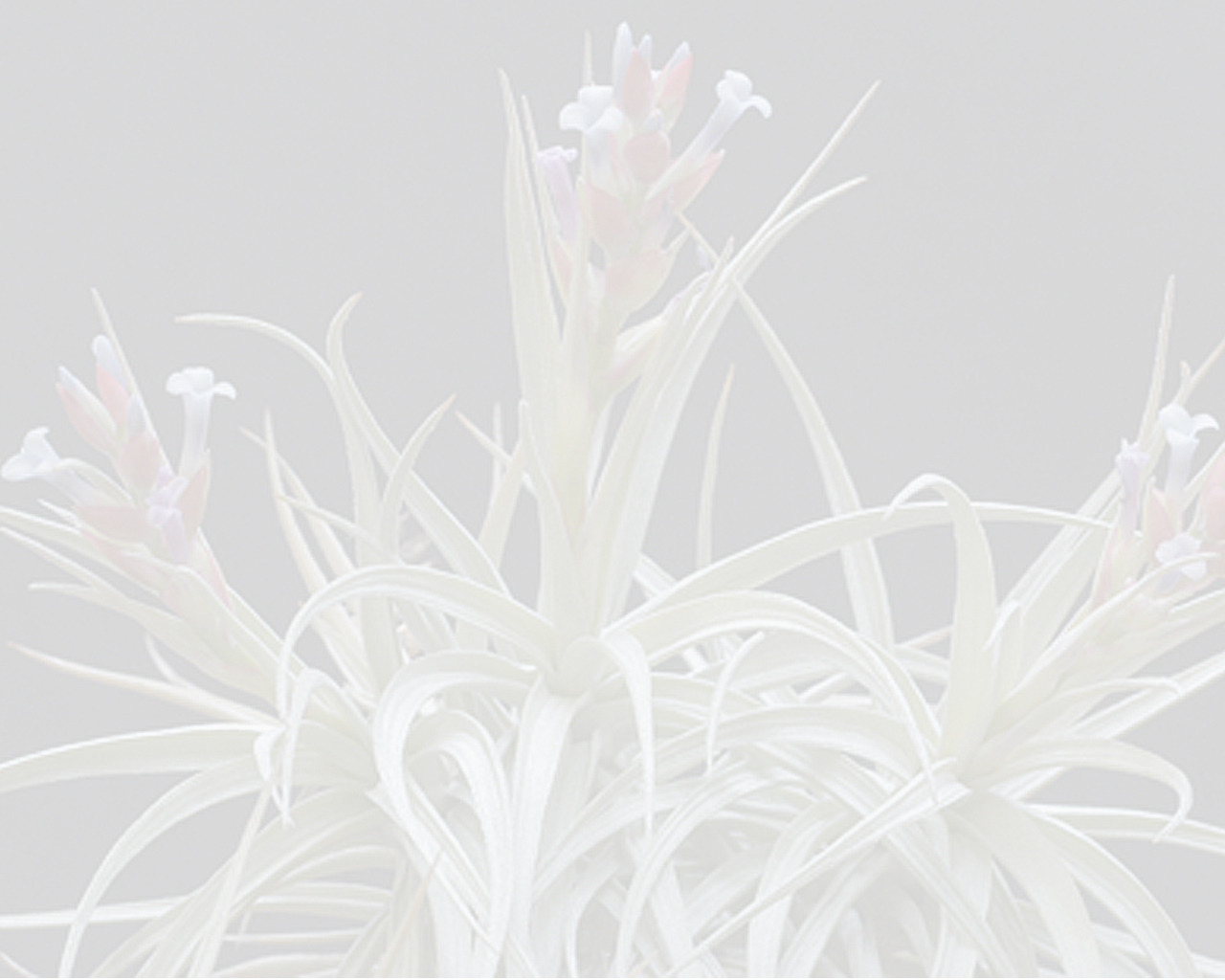


plant epiphytic, caulescent, not at all dorsiventral, curved, with dense foliage above. leaves polystichous, secund, rigid leathery; sheath hyaline, 14 mm long; blade from the base narrow triangular narrowing to a pungent filiform tip, 10 cm long, both sides with inconspicuous appressed scales. inflorescence a simple spike, more than 10 flowered, strobiliform, totally white, shorter than the leaves; peduncle erect, 2–3 cm long, totally covered by the peduncle bracts and hidden between the leaves; peduncle bracts ovate, glabrous, conspicuously nerved, 15–17 mm long, 8 mm wide, the tip acuminate, the point 8 mm long, towards the base appressed scales; rachis erect, completely hidden; floral bracts narrow ovate, becoming acute, concave, conspicuously nerved, 12 mm long, glabrous, much exceeding the sepals and much adpressed. flowers erect, 15–20 mm long, sessile, polystichous, much appressed; sepals lanceolate, glabrous, 10 mm long, abaxial free, the adaxial pair a little connate; petals white, 15–18 mm long, linear, becoming acute, erect at anthesis. stamens included, much shorter than the petals, barely reaching the height of the throat, filament 7 mm long, linear, the upper half plicate, free, acute insertion to the anther, anthers yellow, basifixed, 1.5 mm long, linear, tip acute, base obtuse, ovary cylindric, 2 mm long, the lower part fertile, the upper part sterile, style 7–10 mm long, erect, attenuate towards the tip,placenta linear, the lower half affixed to the internal angle, ovules many, cylindrical, base rounded, the tip conspicuously apiculate, not caudate.Edited from (27-07-2014): Bradea. .